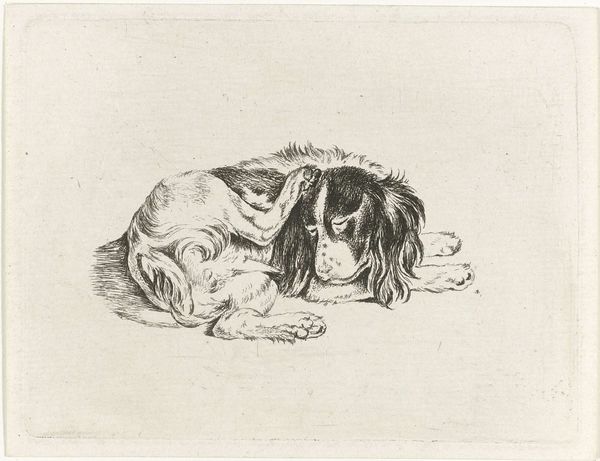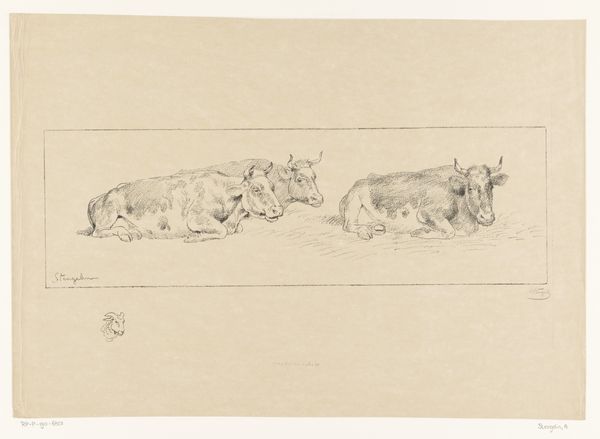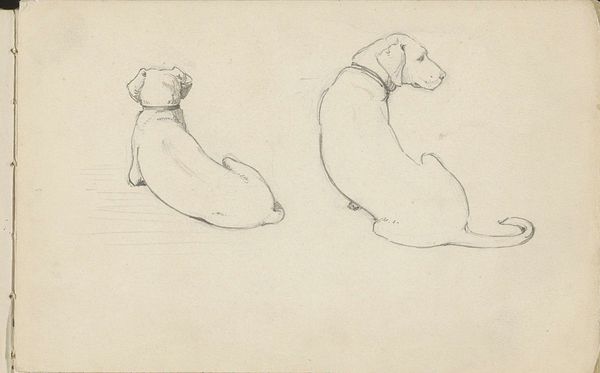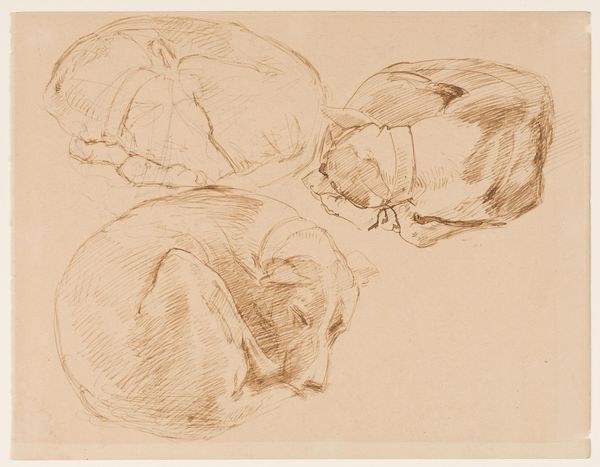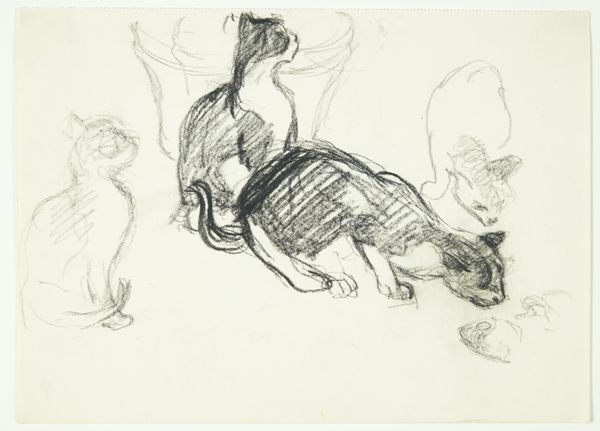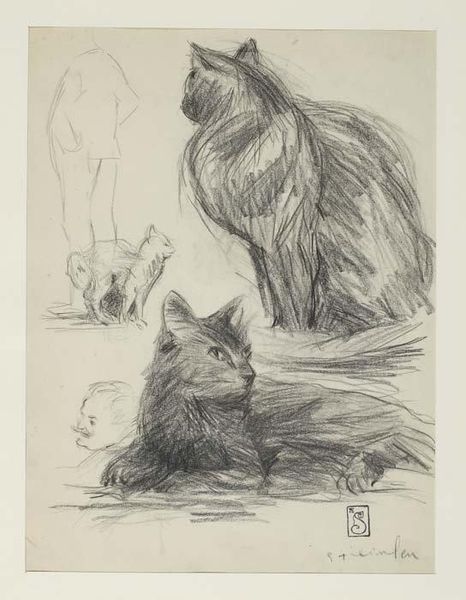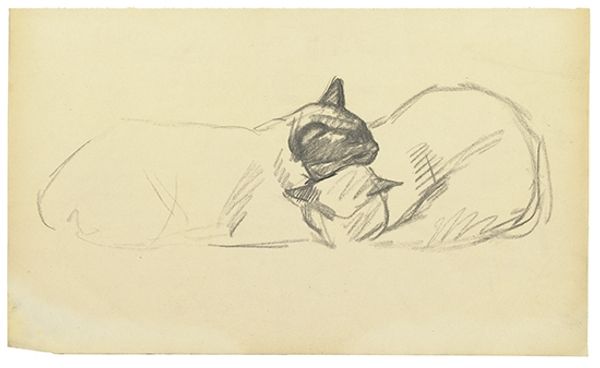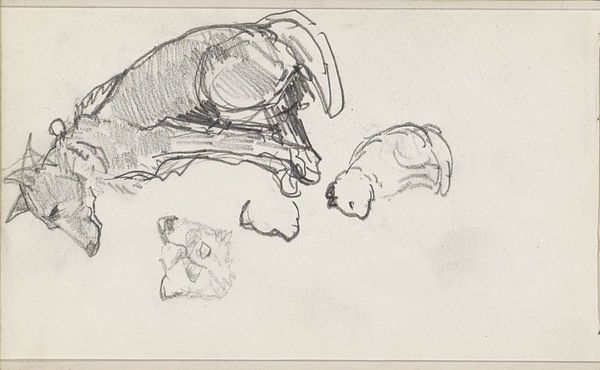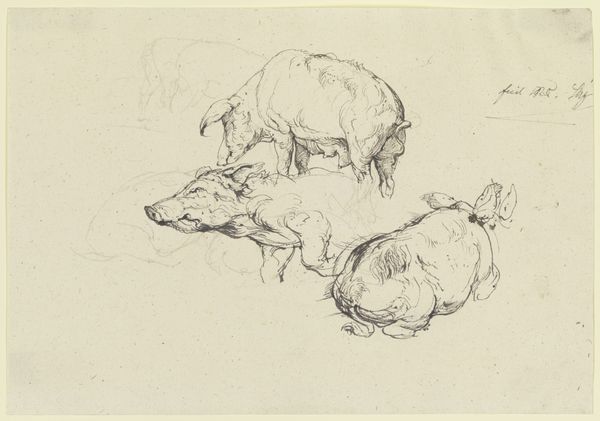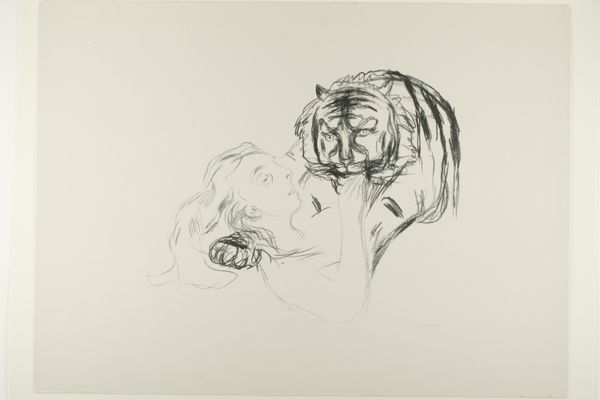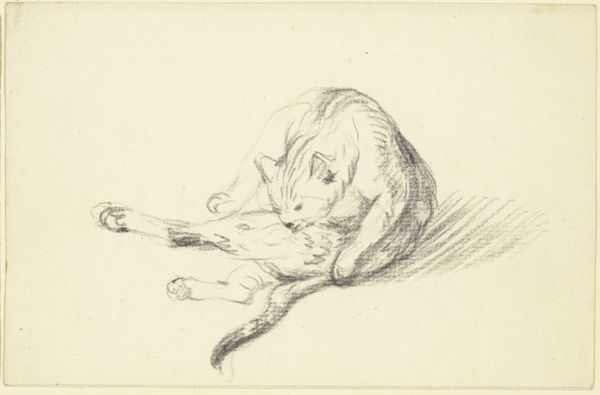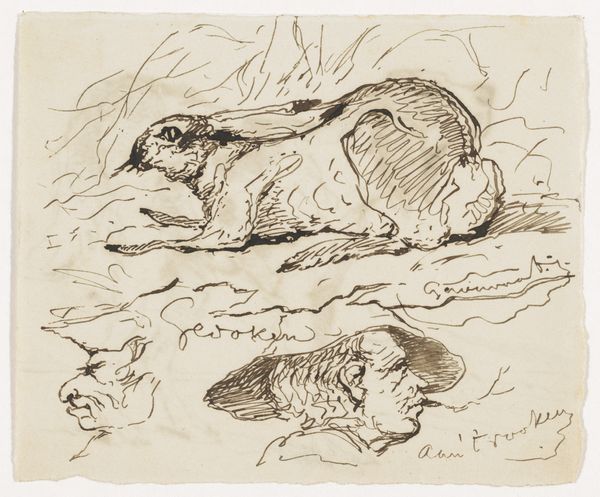
drawing, pencil
#
drawing
#
pencil sketch
#
figuration
#
pencil drawing
#
pencil
#
expressionism
#
nude
#
erotic-art
Copyright: Public Domain: Artvee
Editor: Here we have Edvard Munch’s “Bjørnen,” created in 1908, a drawing using pencil. It strikes me as very raw, unfinished, almost like a fleeting thought captured on paper. What can you tell me about this work? Curator: Look closely at the materials. Pencil, inherently accessible, democratizes artmaking. Munch, known for his paintings, here utilizes a humble medium. How does the immediacy and cost-effectiveness of pencil relate to the subject matter: figures, possibly nudes, entwined? Could this choice reflect a commentary on accessibility to intimacy or the transient nature of desire within the social milieu? Editor: That’s interesting. It almost makes it feel more vulnerable. The lack of pretense, maybe? Curator: Exactly. The means of production are laid bare. There is nothing hiding the artist’s hand. Munch is choosing to explore quite provocative thematics without the traditionally celebrated, and valuable, materials that might have granted him more distance. Considering his social context, how might his choices challenge established societal structures? Does using "low" materials contribute to his artistic rebellion, blurring the lines between academic and avant-garde art production? Editor: So, it’s not just about what's depicted but also how it's made and how that challenges established artistic norms. Curator: Precisely. And considering that he used paper—also very immediate—the reproduction possibilities increase dramatically compared to an artwork made, say, using oil on canvas. Editor: This makes me rethink how I initially saw it, I thought about his subjective vision but, considering what it’s made of also, the social and material elements, makes it even richer! Curator: Indeed! It becomes a powerful testament to the democratization of art, both in its creation and dissemination.
Comments
No comments
Be the first to comment and join the conversation on the ultimate creative platform.

